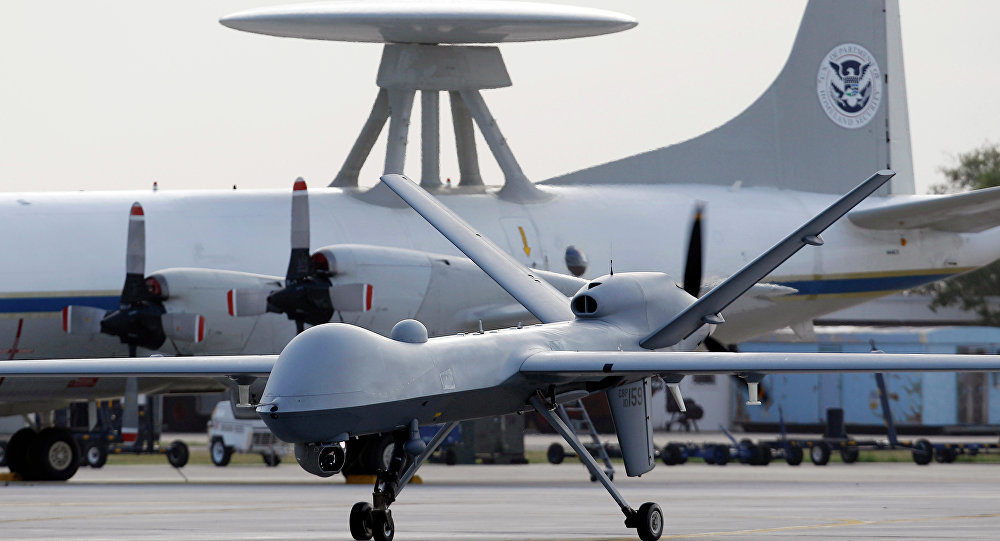OF THE
TIMES
US considers 'mobile bases' for Pacific war Another imbecile idea of the usual armchair chicken hawks. For details, see here : [Link]
Looting, buggery, rape, torture, fighting, stabbing, its the 1600's all over again. Cultural enrichment comes in many forms.
Of course they did. When AmeriKa says its time to stop the war, then you have the axis blessing. Till then, more military aid for killing, and a...
I have a better idea. Go home and look after your own country. Stop making people's lives miserable.
Is this just another case of the US wanting to own the world?
To submit an article for publication, see our Submission Guidelines
Reader comments do not necessarily reflect the views of the volunteers, editors, and directors of SOTT.net or the Quantum Future Group.
Some icons on this site were created by: Afterglow, Aha-Soft, AntialiasFactory, artdesigner.lv, Artura, DailyOverview, Everaldo, GraphicsFuel, IconFactory, Iconka, IconShock, Icons-Land, i-love-icons, KDE-look.org, Klukeart, mugenb16, Map Icons Collection, PetshopBoxStudio, VisualPharm, wbeiruti, WebIconset
Powered by PikaJS 🐁 and In·Site
Original content © 2002-2024 by Sott.net/Signs of the Times. See: FAIR USE NOTICE

Reader Comments
to our Newsletter